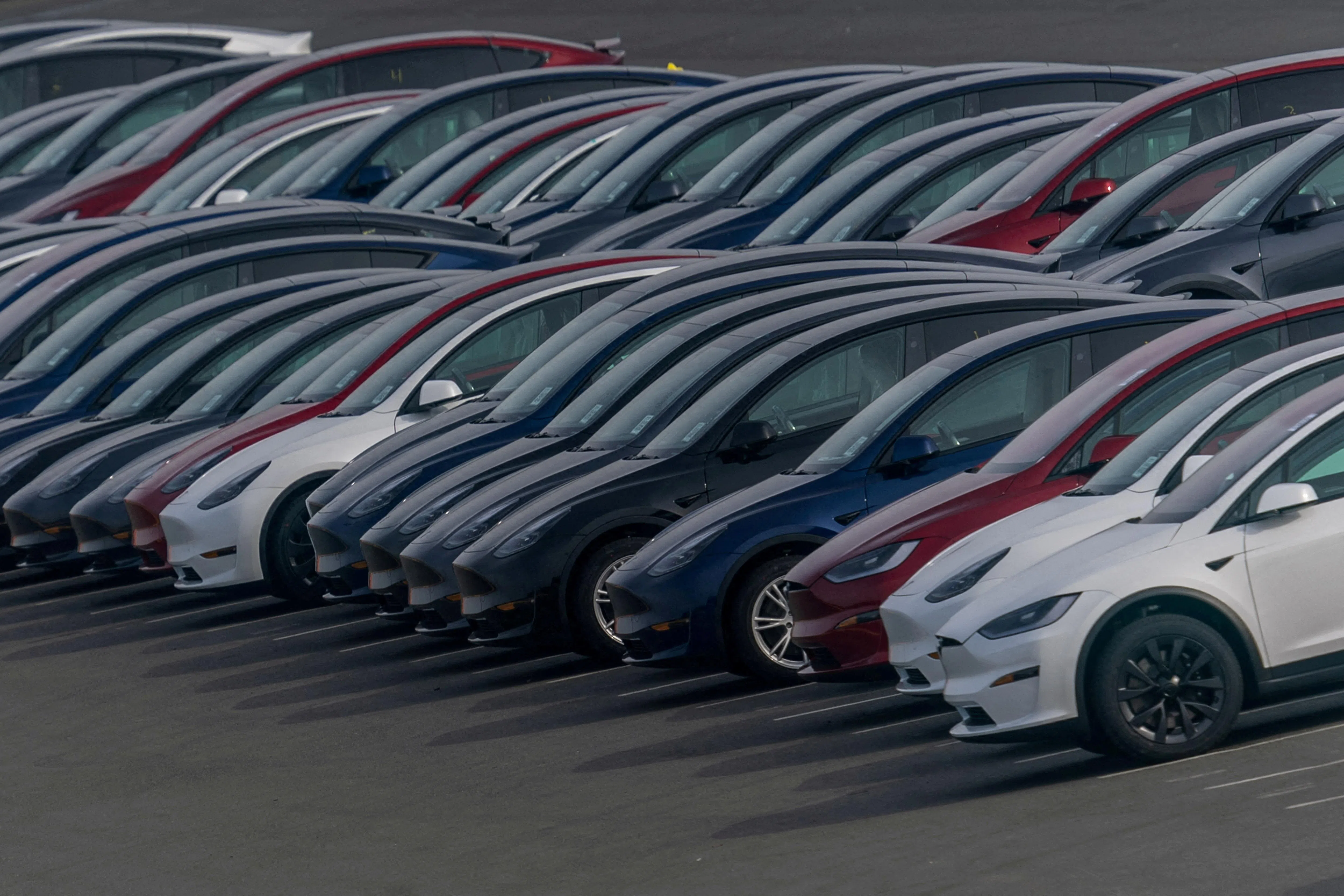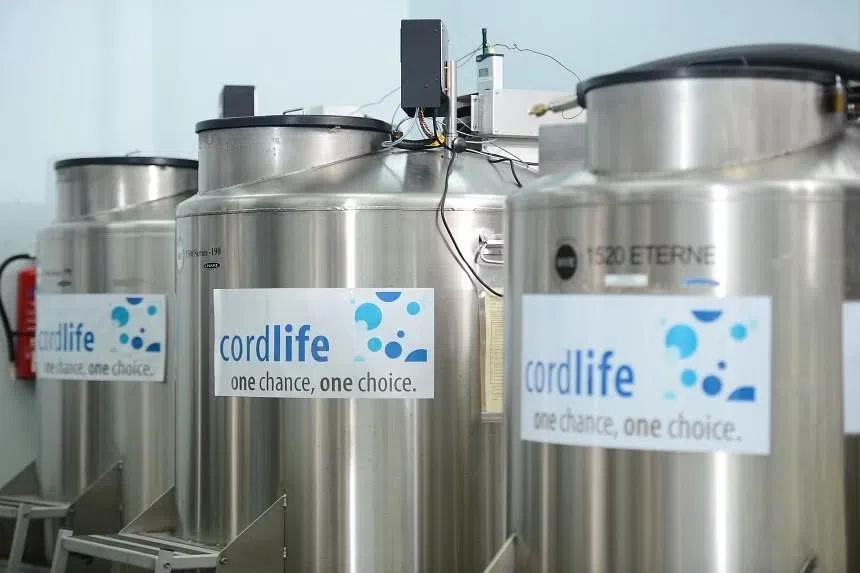DRIVERS are more likely to engage in non-driving activities, such as checking their phones or eating a sandwich, when using partial automation systems, with some easily skirting rules set to limit distractions, new research showed on Tuesday.
Insurance Institute for Highway Safety (IIHS) conducted month-long studies with two such systems – Tesla’s Autopilot and Volvo’s Pilot Assist – to examine driver behaviour when the technology was in use and how it evolved over time.
Driver distraction
While launching and commercialising driverless taxis have been tougher than expected, major automakers are in a race to deploy technology that partially automates routine driving tasks to make it easier and safer for drivers, and generate revenue for the companies.
The rush has sparked concerns and litigation around the dangers of driver distraction and crashes involving such technology.
The studies show better safeguards are needed to ensure attentive driving, IIHS said in the report.
BT in your inbox
Start and end each day with the latest news stories and analyses delivered straight to your inbox.
Need to constantly monitor
Partial automation – a level of “advanced driver assistance systems” – uses cameras, sensors and software to regulate the speed of the car based on other vehicles on the road and keep it in the center of the lane. Some enable lane changing automatically or when prompted.
Drivers, however, are required to continuously monitor the road and be ready to take over at any time, with most systems needing them to keep their hands on the wheel.
“These results are a good reminder of the way people learn,” said IIHS President David Harkey. “If you train them to think that paying attention means nudging the steering wheel every few seconds, then that’s exactly what they’ll do.”
“In both these studies, drivers adapted their behaviour to engage in distracting activities,” Harkey said. “This demonstrates why partial automation systems need more robust safeguards to prevent misuse.”
The study with Tesla’s Autopilot used 14 people who drove over 19,300 km with the system, triggering 3,858 attention-related warnings. On average, drivers responded in about three seconds, usually by nudging the steering wheel, mostly preventing an escalation.
The study with Volvo’s Pilot Assist had 29 volunteers who were found to be distracted for 30 per cent of the time while using the system – “exceedingly high” according to the authors. REUTERS




